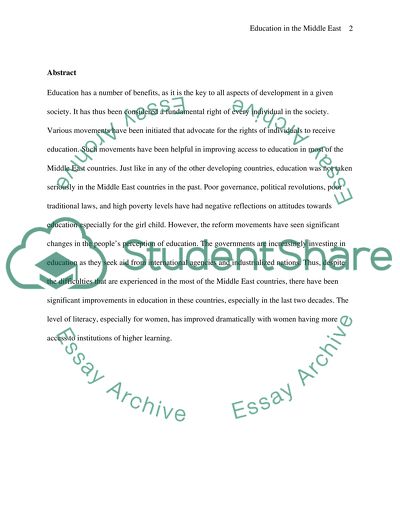Cite this document
(“Education in the Middle East in the Last 20 Years Essay”, n.d.)
Retrieved de https://studentshare.org/education/1392290-education-improving-in-the-middle-east-in-the-last
Retrieved de https://studentshare.org/education/1392290-education-improving-in-the-middle-east-in-the-last
(Education in the Middle East in the Last 20 Years Essay)
https://studentshare.org/education/1392290-education-improving-in-the-middle-east-in-the-last.
https://studentshare.org/education/1392290-education-improving-in-the-middle-east-in-the-last.
“Education in the Middle East in the Last 20 Years Essay”, n.d. https://studentshare.org/education/1392290-education-improving-in-the-middle-east-in-the-last.


